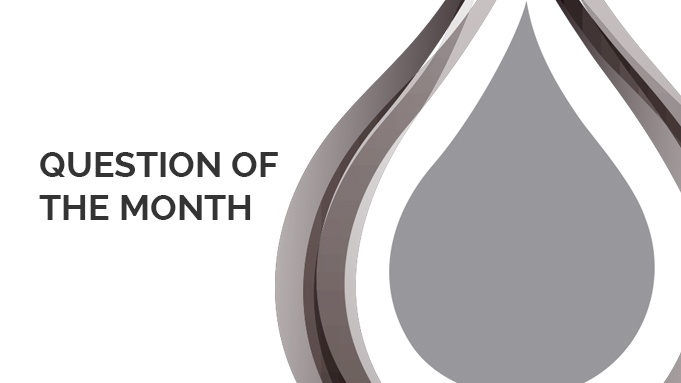
This month we will talk about kilns. From their importance during the manufacturing process of both bricks and tiles, to new kilns and trends we can find nowadays. We have asked some questions to our ceramics experts and here is what they have told us.
How can a kiln influence in the preparation of the final product?
The kiln is a key point in the manufacturing process of any ceramic product, as the final ceramic crystalline phases will be generated in there. The type of kiln used in your process influence the atmosphere and the firing speed, hence the formation of those crystalline structures in the final product, being the base for the final product quality.
How many types of kilns are there?
When it comes to the decorative tile manufacturing, high speed ones are preferred. Air volumes are high, but not as much as in structural ceramics. Temperatures may reach up to 1300ºC, but the main characteristics are low insulation and low thermal mass, helping to make a quick change in temperatures or a fast start-up or shut-down processes.
Extruded Tiles are fired in a controlled reductive atmosphere, helping to raise temperatures up to 1400ºC, as well as to control how pigments develop its final color.
There are single channel and double channel units, being the second type more efficient in terms of energy consumption, but more challenging to be properly regulated.
For brick kilns there are around 10 different types which nowadays are more specific to the country than to anything else. They are split in to either intermittent or continuous kilns. For Intm kilns you are looking at Clamp, Scove, Scotch, Down Draught and Intermittent for continuous then there are Hoffman, ZigZag, Bull Trench, Tunnel and VSBK.
What are the main differences between structural and decorative kilns?
Apart from working temperatures, as structural kilns reach 1200 ºC as maximum temperature versus 1300 – 1400 ºC in decorative ones, the main differences are the thermal mass and the volumes of air that you move in the firing process, being much higher into structural ones.
This is also linked to the materials used into kiln production, being lighter and more focused into low-inertial thermal mass refractories in the decorative kilns, whilst being heavier and presenting a higher thermal mass in the case of structural ones.
New trends in kilns
The main focus for kiln manufacturers is now about energy consumption and how to reduce emissions, both aimed to generate savings for the end user. New insulation materials ensure no energy waste through the walls, helping to get uniform temperature profile across the kiln width.
In structural kilns, excess of energy used in the kiln is driven to be used into dryers, which get almost all required energy from that source.
This is only a small part of what we will talk about this month. We will publish several articles on kilns, both for decorative and for structural, so don't miss out our blog!
In any case, if you have any specific question for us regarding kilns or any other subject, click below and we will get in touch with you.





